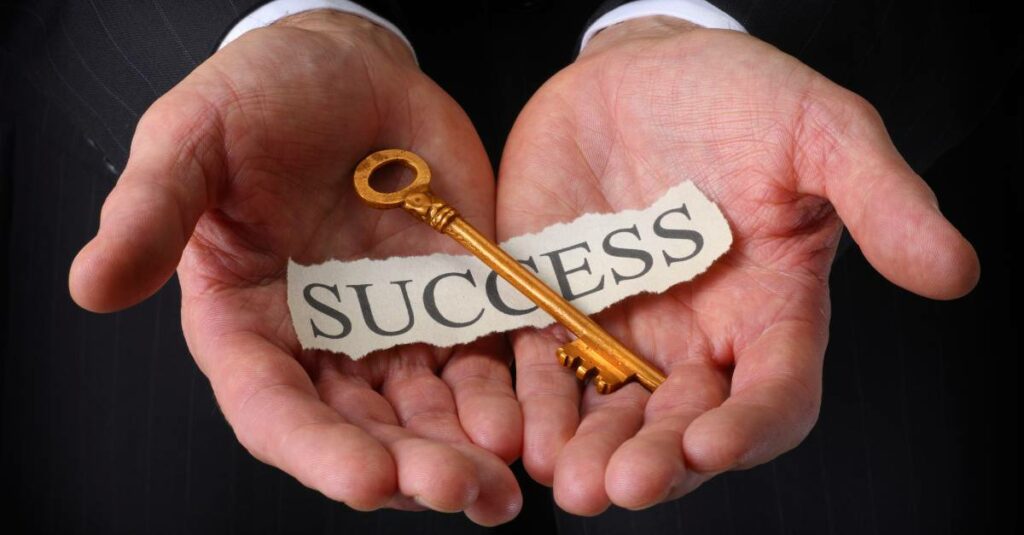While most middle market business leaders are quite adept at adjusting their business strategy to the recurring ups and downs of the economy by adjusting inventory levels, reducing costs, managing credit, cash and the overall financial viability of their business, many are not adept at adjusting to unanticipated changes or events such as we saw with COVID 19, the recent rise in in interest rates, or new technologies such as AI. To be able to successfully manage sudden changes, businesses must build in business resiliency into their culture.
Most of us have a good idea of the definition of growth, but resilience is a relatively new addition to our business vocabulary. So here is a good definition to start: “Resilience is the ability to protect and grow value in the face of rapidly changing external conditions.”
To build and maintain resiliency in your business, you must minimize the downside while maintaining the ability to act on opportunities that may present themselves to your business. Resilience involves financial, operational, strategic, and psychological elements.
To more easily navigate the business topics listed above, there are four areas that will ultimately be key to your success and should take priority when external conditions are in a relatively steady state. These include:
- Culture
- Leadership
- Change
- Discipline
Let’s take a closer look at what each of these entails, and how they can improve your business resiliency.
Culture: The personality of your organization
Culture is the sum of all of the beliefs and behaviors—at every level of the organization—that shape your company’s strategy and actions. Your culture is like your company’s “personality,” and it can be a help or a hindrance to your success.
Start by revisiting the pillars of your culture: your mission, values, and vision. Here are a few insights as you do this:
- Validate or revise these three pillars based on the current state of your business.
- Make sure you have buy-in across the entire organization, clear two-way communication between you and your employees, and agreed-upon accountability.
- Create deep connections for all employees by identifying specific ways they can contribute to your company’s mission, values, and vision.
Next, make sure your culture and your strategy are aligned. A top-down culture is not likely to support a strategy that relies on creativity and innovation. Things you can do to align culture and strategy include:
- Deliberately weave messaging about your mission, values, and vision into your planning process, operations, and business development; as a leader you should consistently “walk the talk.”
- Be sure to protect and support the cultural elements that propel your company to success. At the same time, be quick to change or eliminate those parts that are impediments.
Leadership: Lead with empathy and awareness
Culture and leadership are inextricably bound together, so pay close attention to leadership at all levels of the organization. Culture is affected by line managers as much as by executives.
The coming year, 2024, is likely to present plenty of uncertainty given the elections, ever increasing interest rates and declining consumer demand, so as you focus on leadership, keep these insights in mind:
- Stay nimble and attuned to the challenging circumstances, changes, and uncertainty that will still be with us for the foreseeable future.
- Be aware of how the past pandemic has negatively affected your employees personal lives and their reluctance to return to the workplace. You can’t have a successful business if your employees aren’t supported, so develop and incorporate a strong sense of caring and commitment to employee well-being.
Change: Assess what needs to change, and how fast
Before you can enact positive change, you must determine exactly what change is needed in your business and how fast you need to accomplish it. As an example, brick-and-mortar retailers with physical store locations have had to quickly adopt internet retailing, new efficiencies in goods delivery, and new approaches to customer acquisition to survive the sudden drop in in-person shopping. And many of those retailers that could not change fast enough were forced to file for bankruptcy.
Once you have defined your current state and where you want to get to, you can begin to map the change process. There are lots of different change techniques and methodologies, but the best change programs have the following four traits:
- They are logical and tactical: Be aware of the key levers available to effect the change you want. Some examples include increased revenue due to an improved customer-retention program, or increased employee retention thanks to a stronger employee-incentive program.
- They are well planned out: Map out a clear and understandable plan with logical milestones and meaningful metrics. If not jointly developed by you and your employees, make sure your milestones are feasible and acceptable so you will get buy-in across the organization.
- They focus on people: Ensure you have the right people in the right positions—you may want to choose people based on their mindset as much as for their skills and abilities. Consider rotating people into new positions to give them the opportunity to be challenged and grow.
- They include recognition and rewards: Don’t neglect the ongoing support of your team—this may be in the form of resources, recognition, or guidance. And don’t forget to celebrate successes with something more substantial than an “employee of the month” reward. Consider incentive plans with real value, such as phantom stock plans or equity in the company.
Discipline: A relentless focus on execution
Discipline has two facets: a relentless focus and pursuit of your goals, but also an unwavering attention to the tools, processes, and financial resources that reduce business risk and protect your business from threats and challenges.
Every company should have a formal risk-management plan in place, which evaluates the economic risks to the company. In addition, along with your Board of Directors, you should evaluate your risk level quarterly. For example, companies that had evaluated the risk of a recession before the pandemic likely adjusted to the downturn better than those that were surprised by a recession resulting from the pandemic.
Achieving business resilience
Remember that the world is still a very uncertain place, so you need to be prepared to succeed whether the wind is at your back—or the wind is in your face. Use the four core elements of culture, leadership, change, and discipline to map your way to business growth and business resilience in 2024.
Click Here to Download our eGuide on the 10 Principles of Effective Modern Leadership
Michael Evans is the Chief Financial Officer and Board Director of Newport LLC based in San Francisco, California. Newport LLC helps CEOs of emerging growth and middle market companies grow faster, improve performance, and prepare their businesses for capital infusion.
Newport LLC clients include private and public companies across multiple industries including technology, healthcare, life sciences, government contracting, manufacturing, energy, education, and professional services. Newport LLC deliver results by serving as seated board members, CEO advisors, and interim or fractional C-Suite executives.
Michael is a Certified Public Accountant and attorney.

